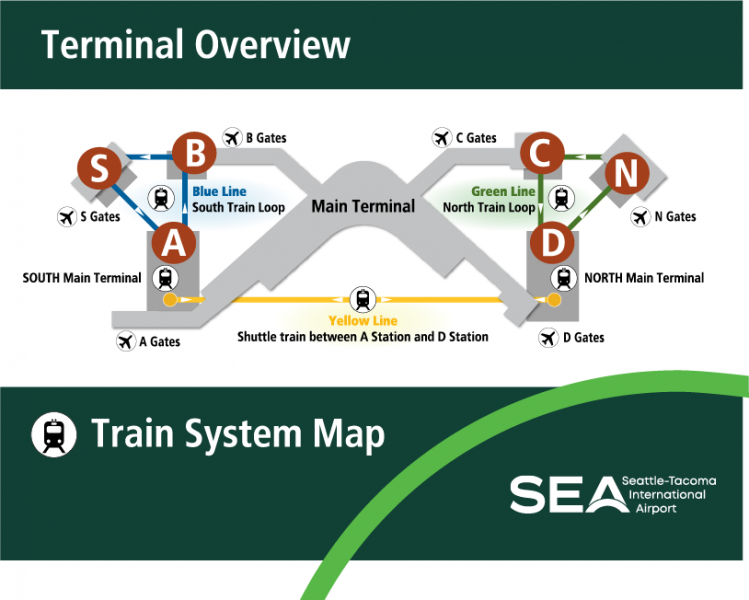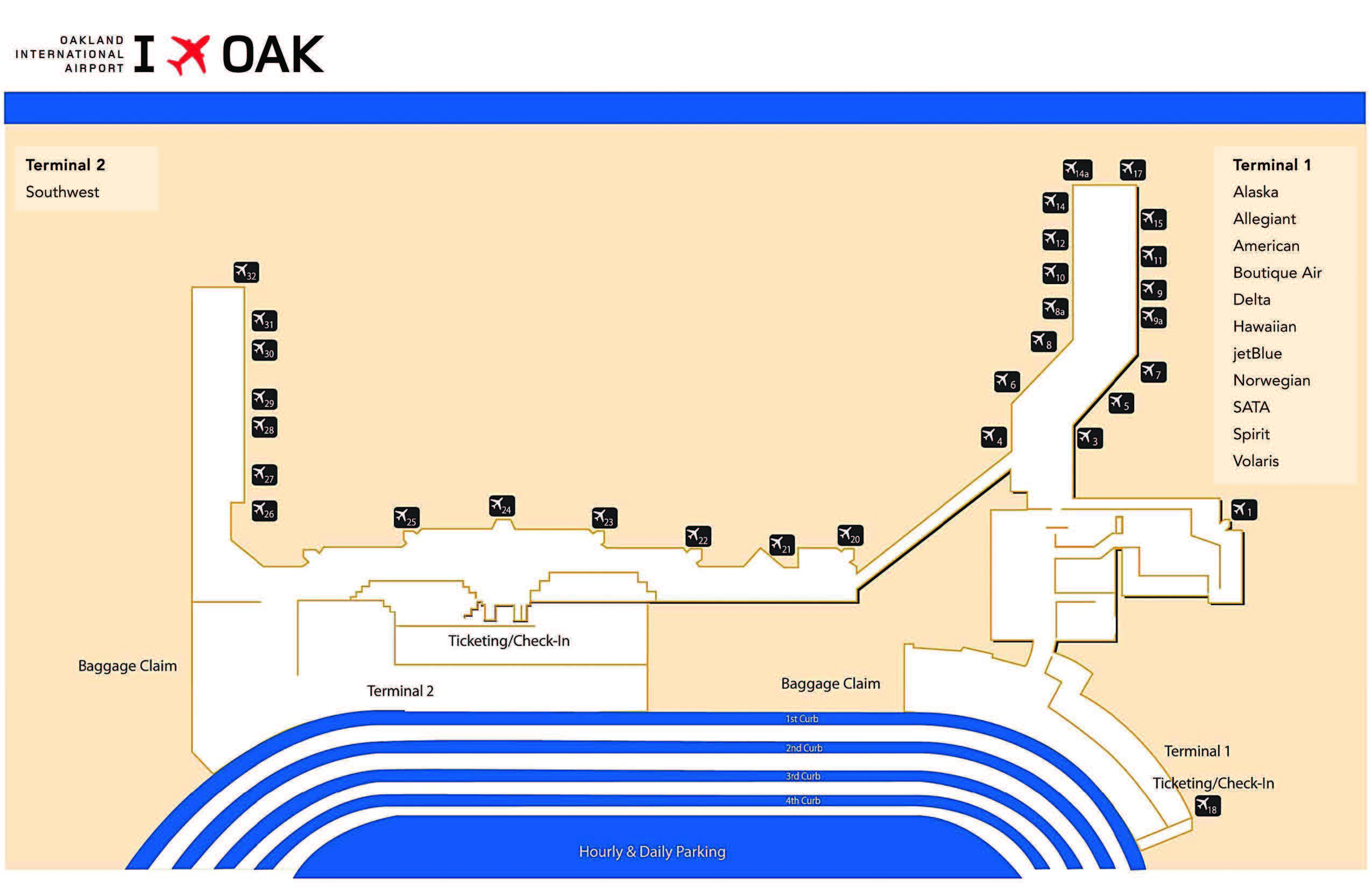My understanding of the issue is that when clearing customs you have to come into contact with your checked baggage. Checked bags don't get the same kind of screening that passengers and carryon bags do. Therefore, the area is no longer "sterile" and thus passengers and their carryons must be rescreened before boarding another plane.
Customs inspection is done at the port of entry, thus arriving from an international flight means your first US airport is where all of this occurs. There wouldn't be an easy way to ensure that inspections were done at your final destination (if that destination even had such capacity) if they allowed things to be checked straight through.
In the US, I don't know if it's simply that you cannot have international-to-international transfers that avoid Customs & Immigration by law, or if it's a de facto requirement based on the fact that no US airports are set up that way (and it really wouldn't make much sense to do so). There is no exit immigration in the US, so there would be no reason for airports to build large international departures areas with passengers segregated from domestic fliers. And if you don't have that segregation, then you basically have to force everyone through C&I.
Again, I don't know if (hypothetically) an airport could do this if they wanted to, but I'd be surprised that any airport in the US actually wants to. As mentioned above, the US domestic market is so large that airports don't really have the same level of dependence on international flights as in other parts of the world.















